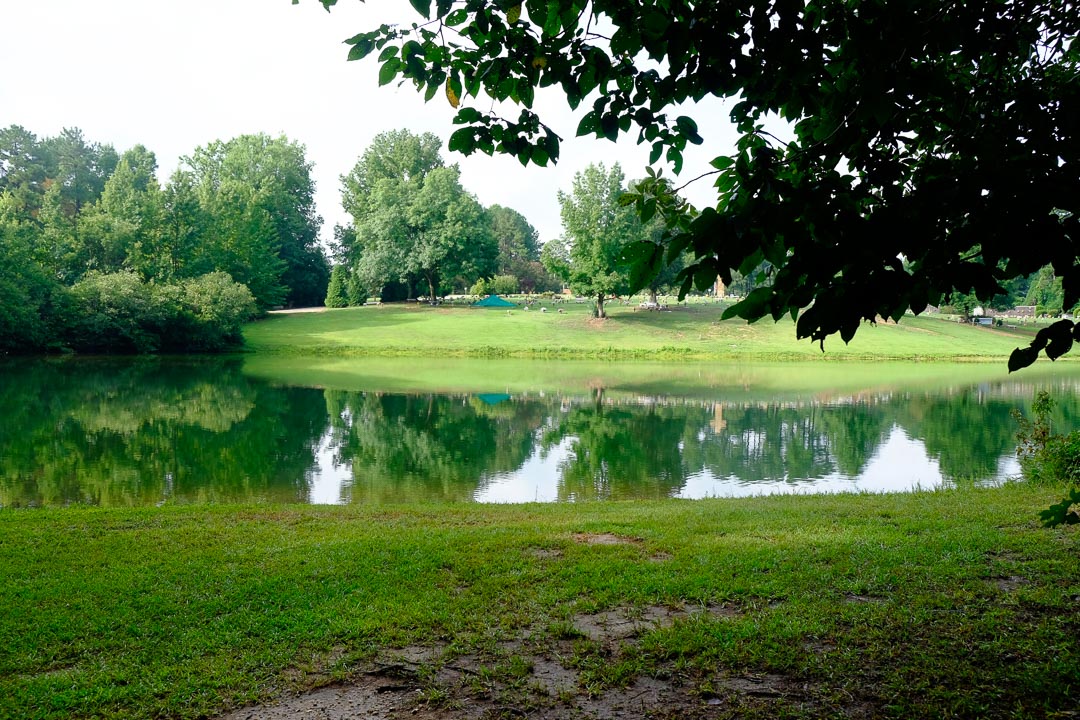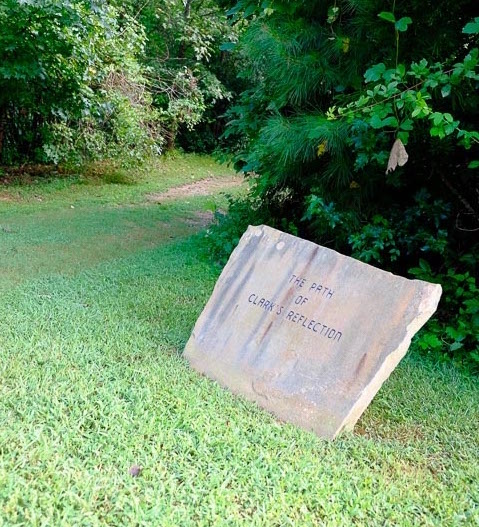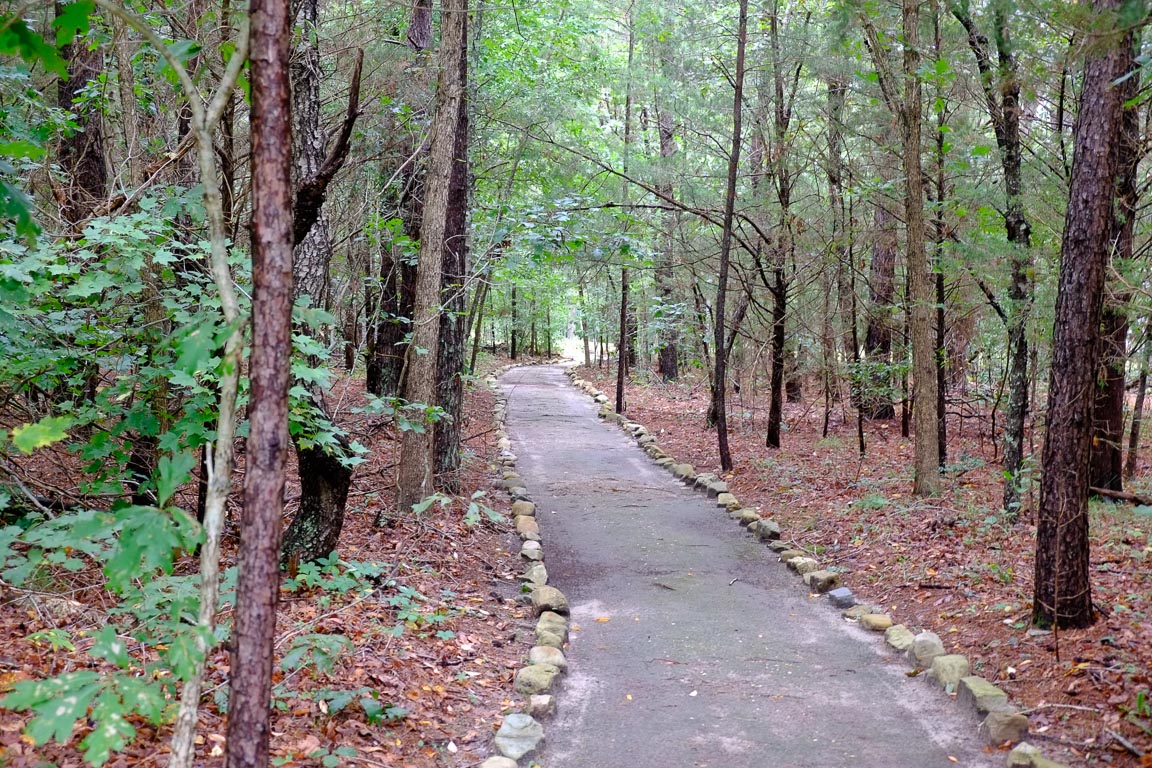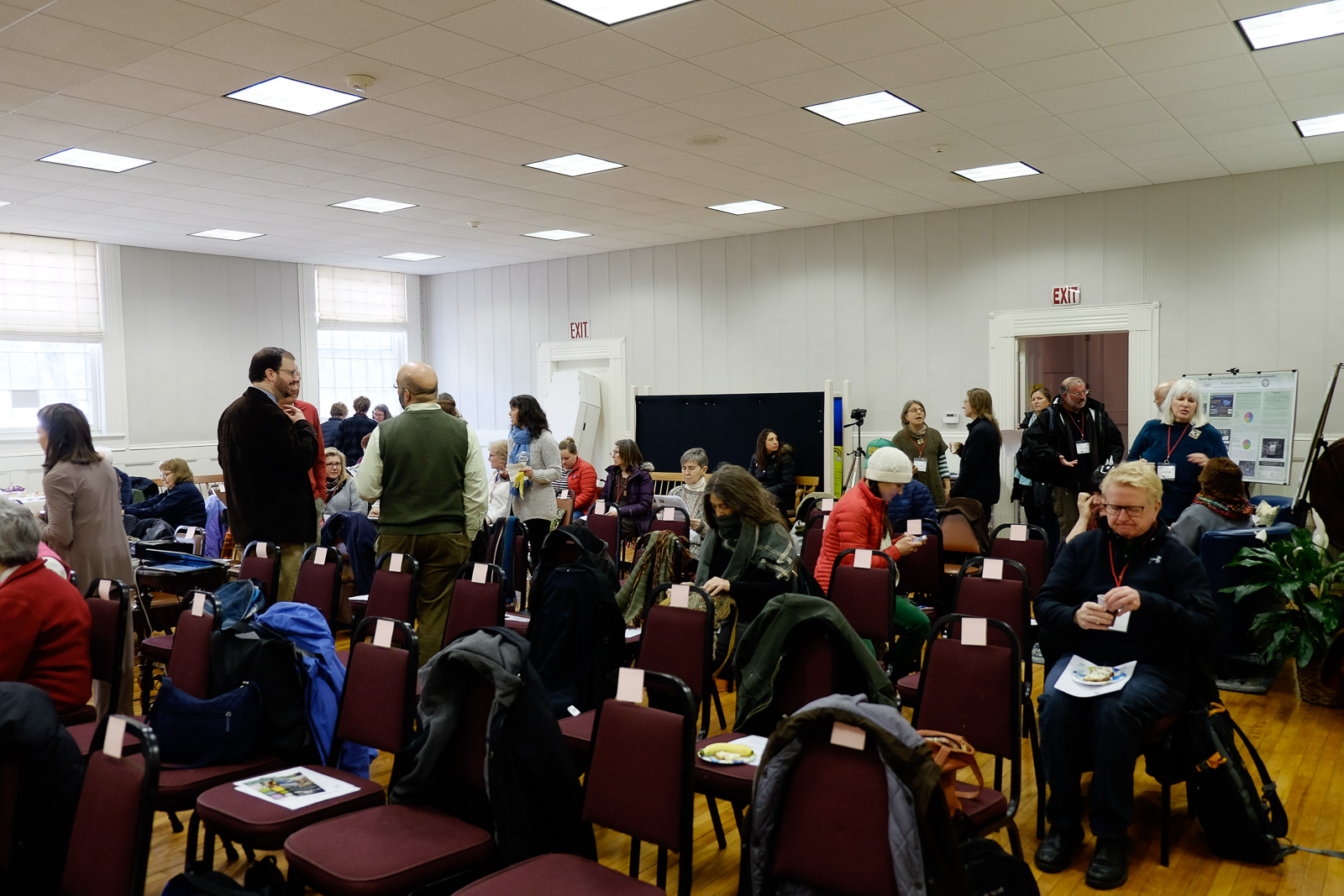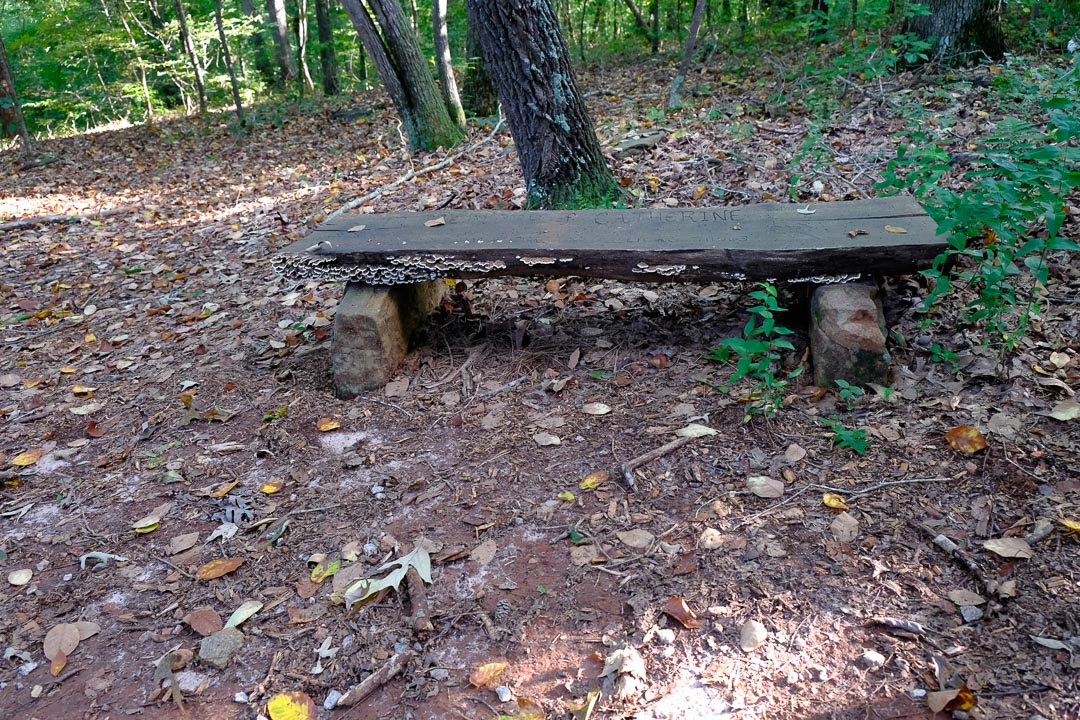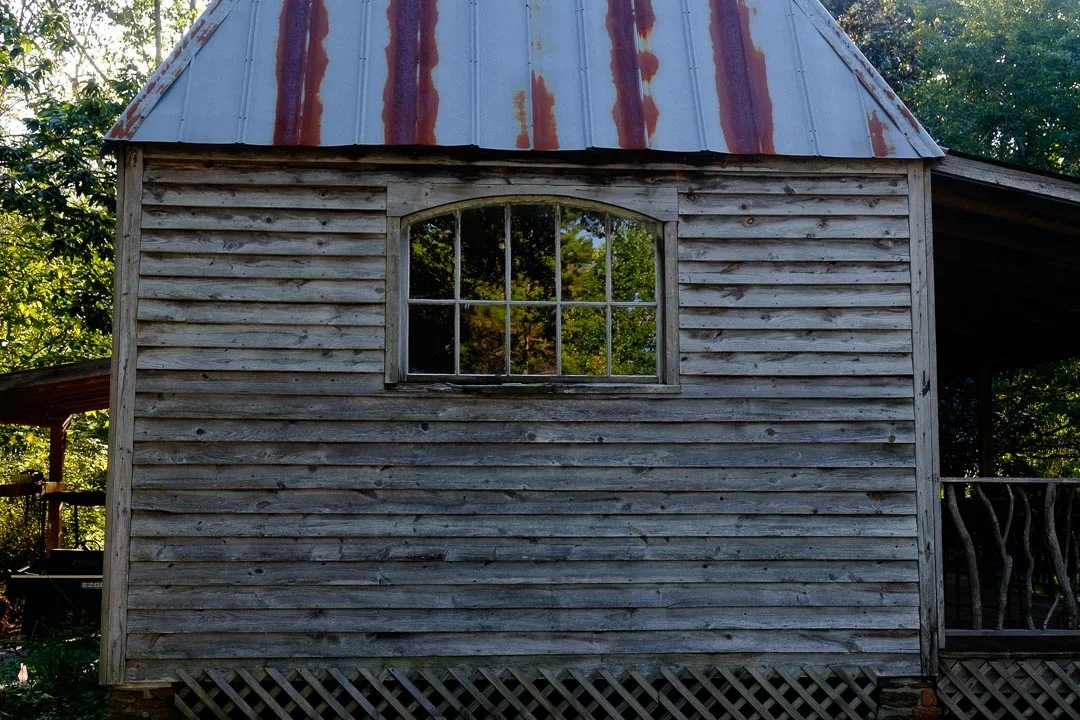Dr. Karen Wyatt of End of Life University interviewed Lucinda Herring, home funeral guide, green burial consultant and licensed funeral director in the state of Washington for her latest podcast, “Reimagining Death During the CovId-19 Pandemic.”
EOLU PODCAST Reimagining Death During the CovId-19 Pandemic
In honor of the release of Lucinda Herring’s audiobook of Reimagining Death: Stories and Practical Wisdom for Home Funerals and Green Burials, Lucinda and Karen felt it would be useful for listeners to hear how home vigils and green burials might offer ways to re-imagine situations families are finding themselves in during this pandemic time. How can we change our way of looking at having to keep a loved one’s body at home longer because of funeral home overwhelm - and see it as a gift, rather than an added stress? Could choosing a green burial offer ways to remain more involved with burying a loved one during this lockdown time?
Join Dr. Wyatt and Lucinda for a rich conversation about the gifts of weaving death into life, especially now when we are all faced with so much death and loss together.






















